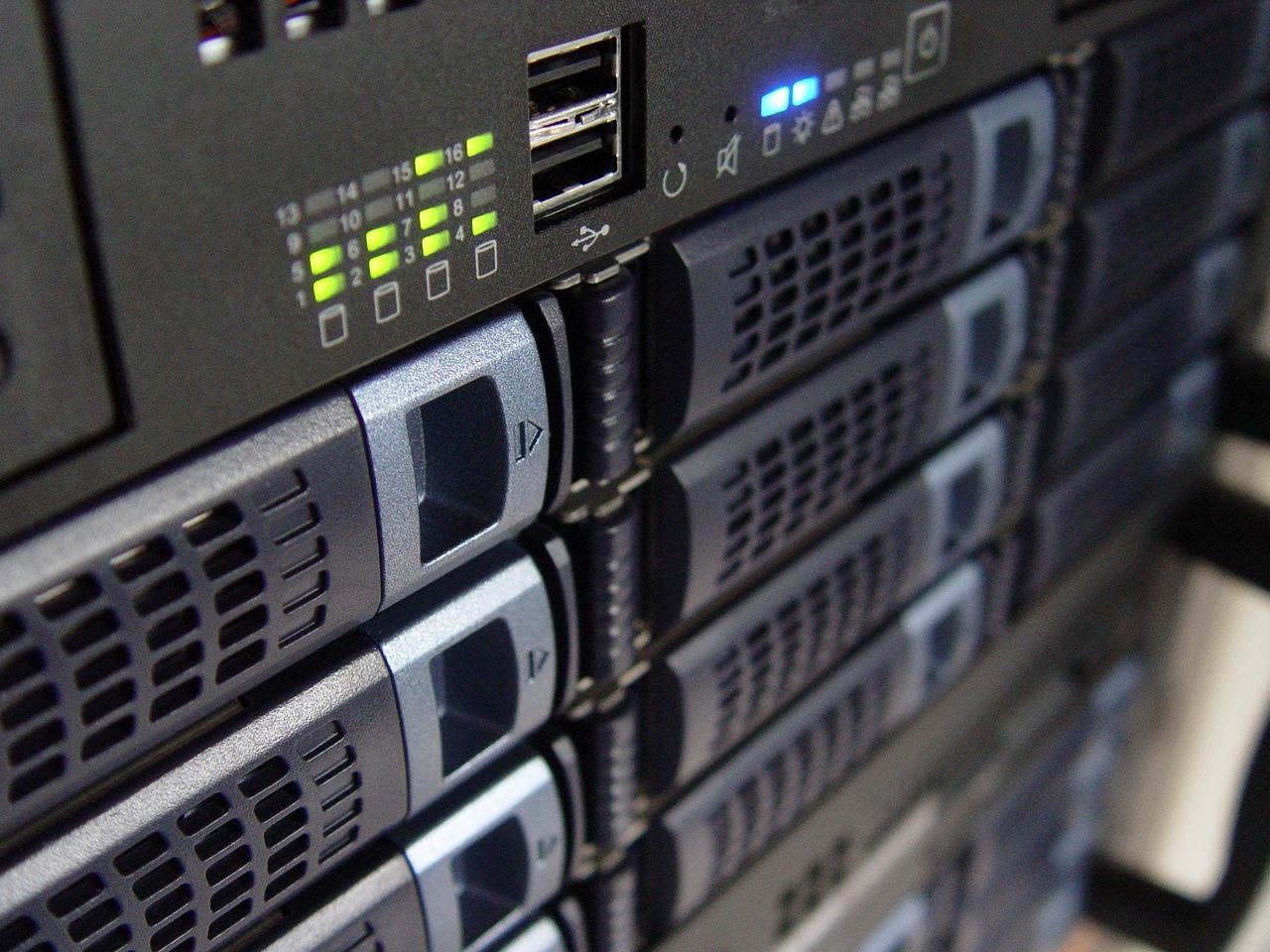The rapid expansion of information technology has brought undeniable convenience and efficiency — but some claim these benefits have come at a significant environmental cost. Data centers consume massive amounts of electricity, and the carbon footprint of IT infrastructure is becoming increasingly concerning. As climate change becomes an urgent global issue, adopting sustainable IT practices is no longer optional — it’s essential. Going green in IT means implementing environmentally responsible policies and technologies that minimize ecological impact while maintaining performance and productivity.

One of the primary contributors to IT-related environmental issues is energy consumption. Servers, computers, and networking devices require continuous power to operate. According to studies, data centers alone can consume as much electricity as small countries. To counteract this, companies can adopt energy-efficient hardware, utilize virtualization to consolidate workloads, and migrate to cloud services that run on renewable energy. Tech giants like Google and Microsoft have committed to operating carbon-neutral data centers powered entirely by solar, wind, or hydroelectric energy. These actions not only reduce carbon emissions but also lower long-term operational costs.
Virtualization and cloud computing also play a key role in sustainable IT practices. By using virtual machines, organizations can run multiple operating systems on a single physical server, maximizing resource use and reducing hardware needs. Additionally, cloud providers often have the scale and resources to invest in greener infrastructure, which smaller companies may not afford individually. Cloud-based solutions enable remote work and data access, reducing the need for travel and physical office space—both of which contribute to a lower carbon footprint.
Another important aspect of sustainable IT is e-waste management. Electronic devices have a limited lifespan, and improper disposal of old or broken hardware can lead to the release of hazardous materials like lead, mercury, and cadmium into the environment. To combat this, organizations can adopt responsible recycling programs, extend the life of their equipment through upgrades and maintenance, and donate usable but outdated devices to schools or non-profits. Additionally, purchasing from manufacturers with take-back programs or who use recycled materials in their products promotes a circular economy in the tech industry.
Software development also has a part to play in sustainability. Efficient coding practices can reduce the computational power required to run applications, which in turn conserves energy. Developers should be encouraged to write optimized code that reduces unnecessary processing and leverages hardware acceleration. Green software engineering is an emerging discipline that focuses on building applications that are not just functionally sound but also energy-aware.
Promoting a culture of sustainability within the IT department and across the organization is critical. Employees should be educated on energy-saving practices like shutting down equipment when not in use and using collaborative tools that cut down on unnecessary communication infrastructure. Even simple actions like adjusting screen brightness or using energy-efficient monitors can contribute to significant savings over time.
Going green with IT isn’t just an ethical decision—it’s a strategic one. Sustainable IT practices help companies reduce operational costs, improve their public image, and meet regulatory requirements. As consumers and stakeholders become increasingly environmentally conscious, businesses that prioritize sustainability are more likely to attract investment and loyalty.
How Managed Services Facilitates Sustainable IT
By going green, the tech industry can not only support innovation but also safeguard the environment for future generations.
Managed services contribute to greener IT practices by optimizing clients’ IT infrastructure for energy efficiency and sustainability. They implement cloud-based solutions that reduce the need for physical hardware, promote virtualization to minimize server usage, and ensure proper disposal and recycling of e-waste. By proactively monitoring systems, they help reduce unnecessary energy consumption and extend hardware life through maintenance and upgrades.
By utilizing these types of strategies, Alliance IT can help organizations achieve cost savings while aligning with environmental goals and corporate social responsibility initiatives.
